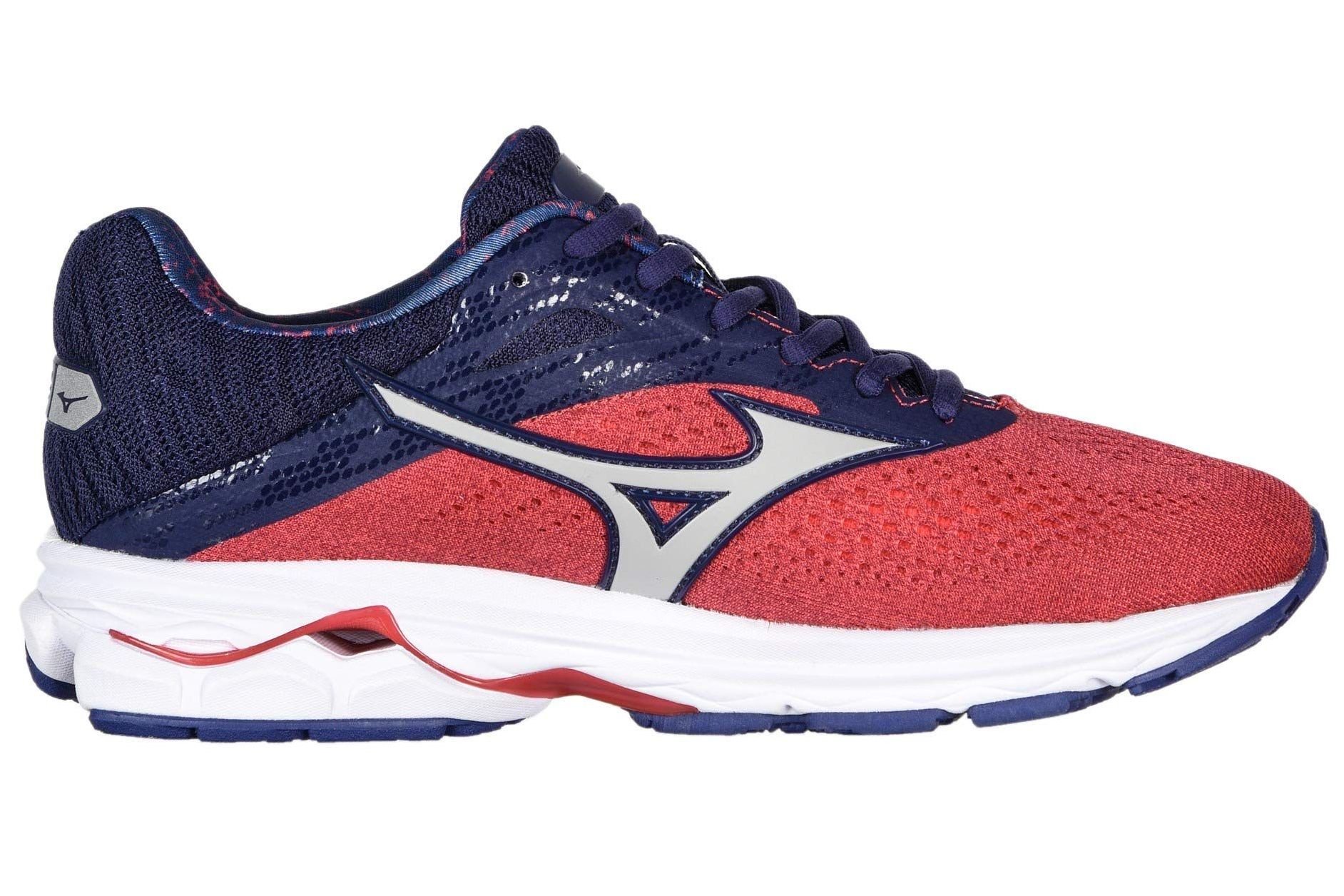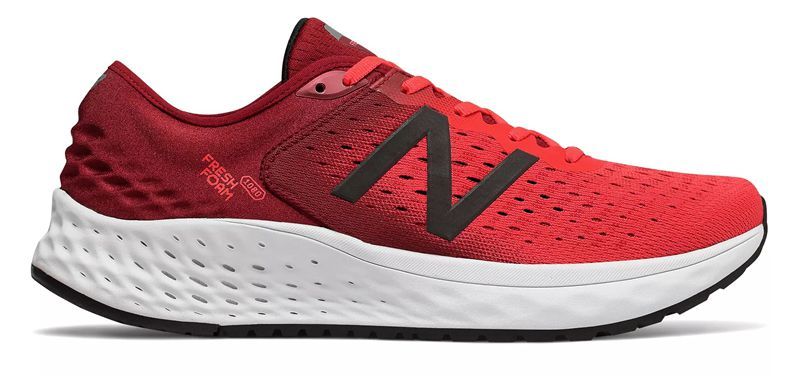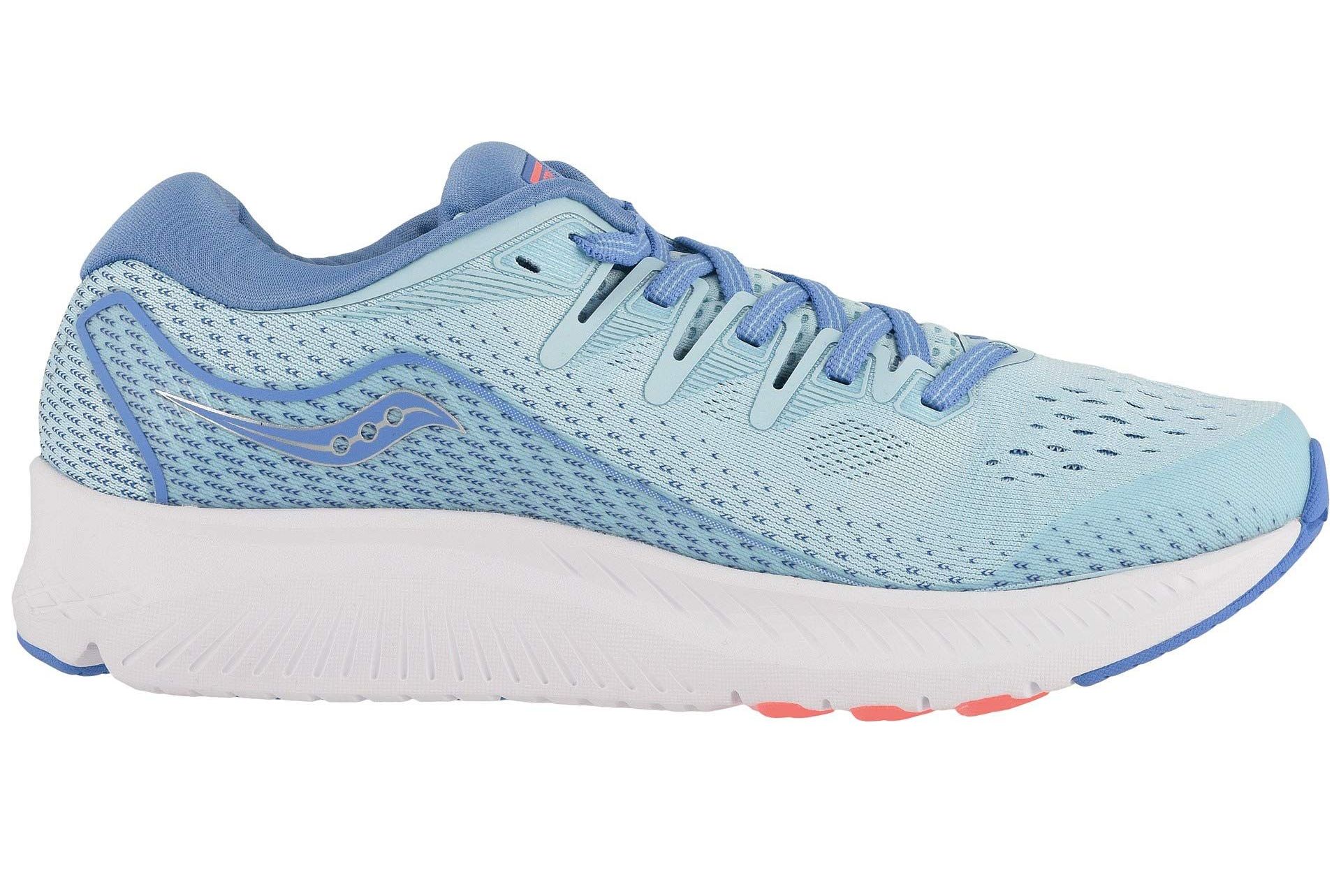We put all the miles on everything from lightweight trainers to the burly foam tanks that never seem to wear down. Here are our 2019 picks.
High-mileage runners ask a lot of their shoes. You need something soft enough to cushion unforgiving pavement, firm enough to provide mile after mile of push-off, burly enough to take an hours-long pummeling, light enough to keep the word “slog” from darkening your thoughts—and durable enough that you don’t have to buy a new pair every two months. Comfort will also take on all new importance, as you’ll be spending a lot of time in your new shoes, whether that time involves training for a marathon or just upping your mileage for the joy and challenge of it. The quest for a single shoe to cover all of those needs might sound more daunting than your upcoming long run, but we’ve got you covered. See at-a-glance reviews of five of our top picks or scroll deeper for longer reviews of these and other options, plus buying advice.
What to Look For
The best long-distance running shoes share standout features with the best overall running shoes, like comfort, longevity, and value. However, more time on your feet could mean that your foot benefits from a wider toebox and more expansive upper in case of swelling. Typically, we also find that more experienced and lightweight runners tend to prefer thinner, lighter shoes because they don’t require quite as much cushioning. First-time marathoners, on the other hand, appreciate the extra padding that a heavier trainer can deliver to help them get to the start line healthy.
Since you’ll be putting in long miles, a durable outsole will also be key: Solid rubber tends to last longer than the more flexible blown rubber, though the latter can add to the cushioning of the shoe. At the midsole, TPU (thermoplastic polyurethane) and PU (polyurethane) foam can provide more longevity than EVA (ethylene vinyl acetate) foam, though both add weight to the overall shoe. Here’s more if you want to go deep on what makes a good running shoe.
How We Tested
We’ve devoted a lot of miles to finding shoes that strike just the right balance. We test hundreds of shoes each year, with a team of more than 300 runners, to find out how each model excels. The shoes here deliver protection from the pavement, but also feel sporty and perform well, so you can run longer and think about your feet less. Here are our top long-distance picks from shoes available now.
Adidas Ultraboost 19
Adidas’s Ultraboost was already a super-soft shoe. But this latest revamp pushes the limits of Boost foam, adding 20 percent more of the stuff to the shoe’s midsole without affecting overall weight. Adidas also revamped the upper, giving it a more sock-like fit and replacing its predecessor’s plastic midfoot saddle with a flexible mesh one that has more give to it. The shoe also has a grippy Continental rubber outsole with the durability to last for more long runs.
FULL REVIEW
Brooks Glycerin 17
The Glycerin is built for long mileage and recovery runs, thanks to supremely soft, plush cushioning and an engineered mesh upper that’s so comfortable we tend to leave the shoe on long after the run is over. Lighter runners might prefer to reach for the more flexible, lightweight Ghost—but heavier runners and anyone looking for a stiffer ride will love the Glycerin’s blend of softness and durability.
FULL REVIEW
Brooks Adrenaline GTS 19
Stability-shoe seekers will appreciate Brooks’s new approach with the latest Adrenaline. The shoe adds guide rails to “bumper” your foot into position, should you under- or overpronate. In the midsole, plenty of firm cushioning keeps your legs from getting beat up when you start to ramp up the mileage.
FULL REVIEW
Hoka One One Clifton 6
The lightest Clifton since its initial release, the Clifton 6 attempts to reclaim its roots and deliver on the four-word promise of the OG version: maximum cushioning, minimum weight. Like all Cliftons, the 6 boasts a thick foam midsole and a supportive, breathable mesh upper, plus a grippy outsole made of carefully placed foam and rubber. Leave it at home on speed day but reach for the 6 for your long runs and recovery days—all that foam takes the edge off harsh pavement.
FULL REVIEW










